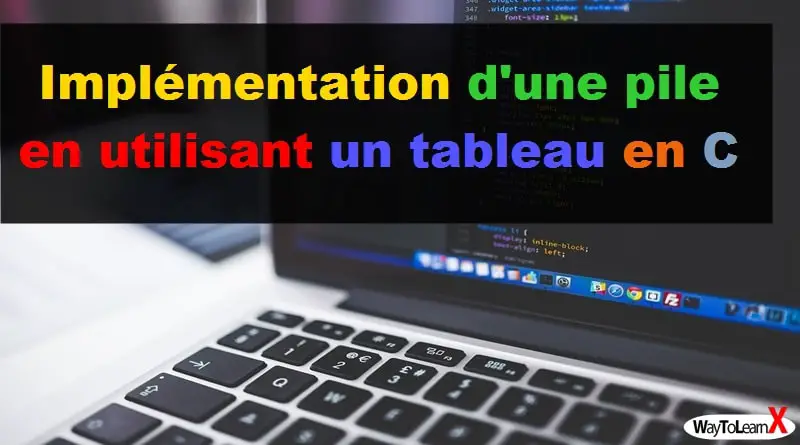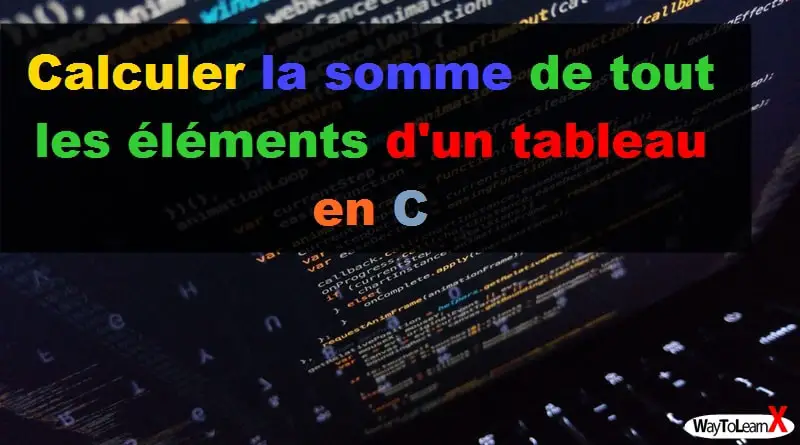Implémentation d’une pile en utilisant un tableau en C
Dans ce tutoriel nous allons découvrir comment écrire un programme d’implémentation d’une pile en utilisant un tableau. Il implique diverses opérations telles que push, pop, etc.

Code source :
#include<stdio.h>
#include<conio.h>
#include<stdlib.h>
#define size 5
struct pile
{
int tab[size];
int top;
};
typedef struct pile PILE;
PILE p;
void push(int item) {
if (p.top >= size - 1)
return;
p.top++;
p.tab[p.top] = item;
}
int pop() {
if (p.top == -1)
return 1;
int item;
item = p.tab[p.top];
p.top--;
return item;
}
void afficher() {
int i;
if (p.top == -1)
printf("\nLa pile est vide!");
else {
for (i = p.top; i >= 0; i--)
printf("\n%d", p.tab[i]);
}
}
int main() {
int item, choice;
int option = 1;
p.top = -1;
printf("\n\tImplémentation d'une pile");
while (option) {
printf("\nMenu principal");
printf("\n1.Empiler \n2.Dépiler \n3.Afficher \n4.exit");
printf("\nEntrez votre choix: ");
scanf("%d", &choice);
switch (choice) {
case 1:
printf("\nEnter L'élément à empiler: ");
scanf("%d", &item);
push(item);
break;
case 2:
item = pop();
printf("\nL'élément dépilé est %d", item);
break;
case 3:
afficher();
break;
case 4:
exit(0);
}
printf("\nVoulez-vous continuer (Tapez 0(Non) ou 1(Oui))? : ");
scanf("%d", &option);
}
return 0;
}
La sortie :






